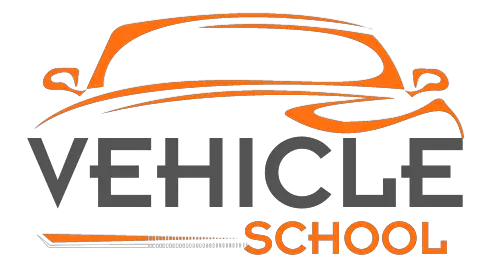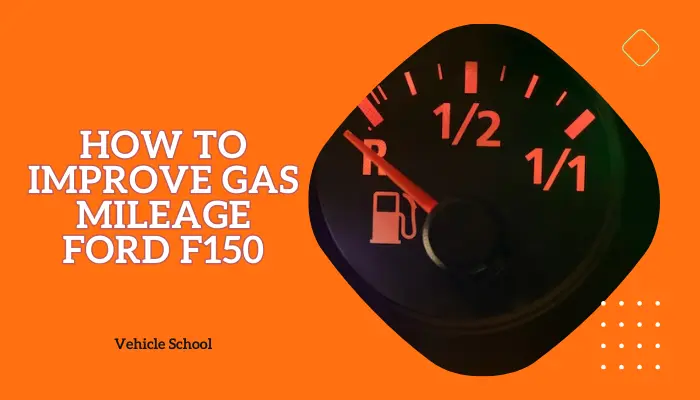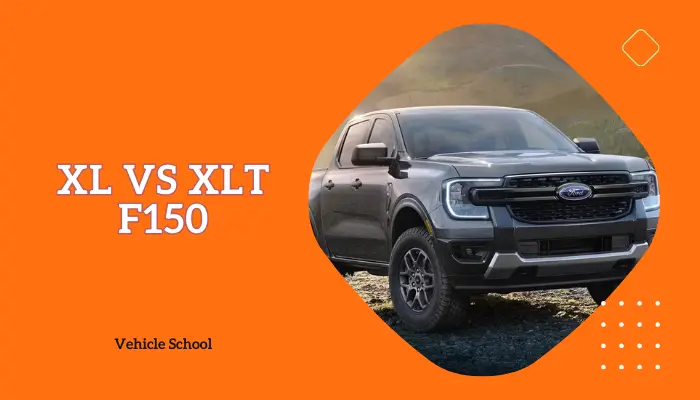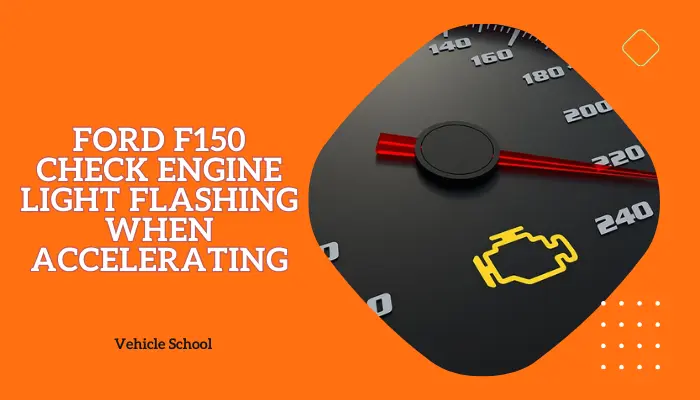If you’ve ever struggled with towing heavy loads, the Ford F-150’s Tow Haul Mode will make your life easier.
To put it simply, tow haul mode tweaks the transmission for smoother shifts and better power delivery, giving you more control when you need it most.
Keep reading to better understand how it works and what you can do with it.
What Does Tow/Haul Mode Do In Ford F150?
The Tow/Haul Mode is one of the many Ford F150 drive modes. It changes how and when the truck shifts gears, holding onto lower gears longer and delaying upshifts and downshifts.
This helps keep the engine running at higher RPMs, giving you more power and cutting down on annoying gear shifts. It also helps with engine braking, which is great for controlling your speed on downhill stretches.
If you have a trailer brake controller installed, Tow/Haul mode syncs up with it to ensure your truck and trailer stop smoothly together.
According to the F150 Owner’s Manual, Tow/Haul Mode provides engine braking in your forward gears when you’re in Drive (D) as well, which helps manage the extra load and keeps everything stable and safe.
This mode also makes the truck stick to lower gears more often.
Keep in mind though, that this isn’t anything like an Overdrive Lock-out Switch. Turning on this mode won’t disable your 5th or 6th gears.
When Should You Use Tow/Haul Mode?
You should use Tow/Haul mode in your Ford F-150 whenever you’re towing something heavy, starting around 1,000 pounds and especially for cargo weights over 5,000 pounds.
It’s great for big trailers like campers, caravans, horse trailers, or boats, as it adjusts the transmission to handle the extra weight better.
Tow/Haul mode is also handy when you’ve got a heavy load in the truck bed or you’re driving up and down steep hills, using engine braking to help control your speed. You don’t need to use this mode all the time, though.
Tow/Haul mode can make your ride a bit rougher and less fuel-efficient due to delayed shifting and higher RPMs.
If you’re carrying lighter loads under 1,000 pounds on flat roads and want a smoother, quieter drive, normal mode works just fine.
While I’m at it, I’ll also mention when you should NOT use this mode – avoid it when you’re on a slippery road—you’ll get a lot less control over your truck.
How To Turn On Tow/Haul Mode In Ford F150?
It’s simple, all you have to do is press the button that’s on top of the gearshift lever sticking out at the back of your steering wheel. You’ll see a TOW HAUL indicator light up on your F150’s dashboard.
How To Turn Off Tow/Haul In Ford F150?
To turn it back off, just press the same button you pressed earlier, but press it twice this time.
FAQs
Can I switch to tow/haul mode in my F150 while driving?
Yes, you can switch to TOW HAUL mode in your F150 while driving. It’s designed to be engaged on the go to help manage the load by making gear shifts smoother for towing and providing better power and braking.
What common tow/haul mode issues in F150 have been reported over the years?
The most notable issue – though it’s more of a design flaw – is that the 2015-2020 F150s have harsh downshifts in TOW HAUL mode due to aggressive gear holding for optimal power and engine braking. This helps prevent engine overheating or detonation. While the gear slamming can be concerning, it’s normal and protects the engine. Similar behavior occurs with manual transmissions, though less aggressively. These downshifts don’t happen all that often but are noticeable when they do. The 3rd-to-2nd gear shift is almost always harsh, especially when cold. If you don’t like that, you can try other driving modes to tow with, like Sports Mode.
Final Thoughts
Although TOW HAUL mode has occasional downsides, it still works very well, especially with newer F150s. If you tow stuff regularly, this mode is a neat tool to keep in your back pocket.
If you haven’t ever tried it before, go to your F150 and give it a spin – just don’t forget the safety risks in certain situations. Good luck out there!






